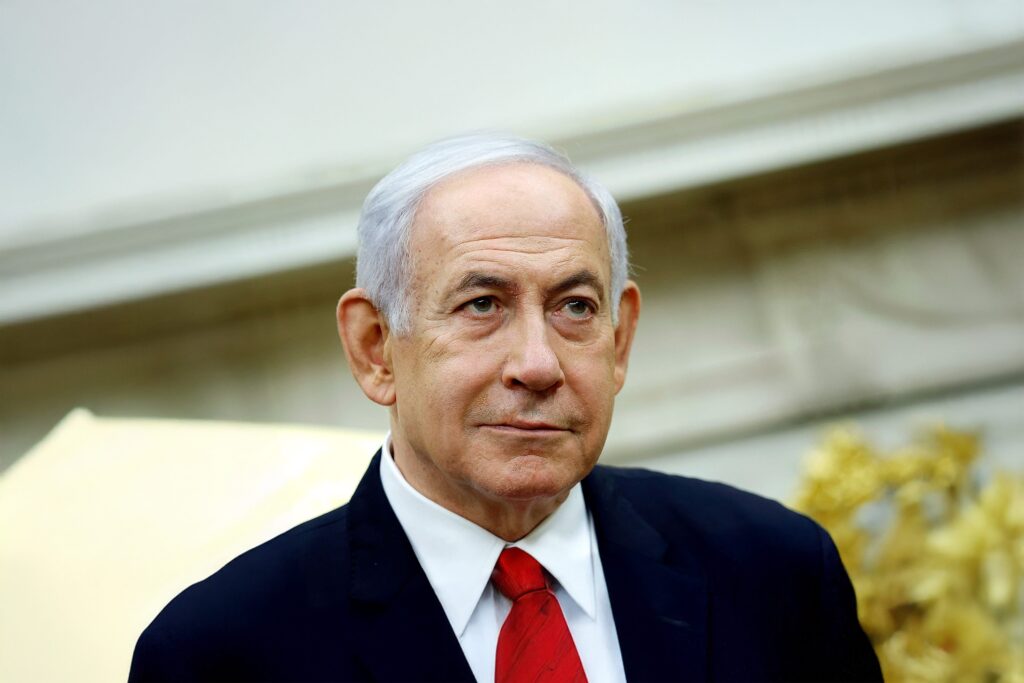US President Donald Trump and Israeli Prime Minister Benjamin Netanyahu announced a sweeping peace initiative for Gaza on 29 September.
Trump’s “20-point plan” emerged after consultations with key Arab and Muslim nations, including Egypt, Qatar, and Turkey.
The proposal followed Israel’s airstrike on Doha, which reportedly violated Qatar’s sovereignty in an attempt to target Hamas negotiators.
The incident pushed Trump to demand Israel end the Gaza conflict and begin structured peace talks.
Having already achieved major military goals in Iran, Lebanon, and Gaza, Israel faced new diplomatic pressure from Washington.
On 8 October, Trump confirmed that both Israel and Hamas had signed the first phase of the plan, marking a major shift in regional diplomacy.
Phase 1: Ceasefire and Humanitarian Release
The initial phase enforces an immediate ceasefire, freezing all military action and securing frontlines within 72 hours.
Both sides agreed to release captives — Israel will free 1,950 Palestinian prisoners, including 250 serving life sentences.
In return, Hamas will release all Israeli hostages, both living and deceased, without delay.
International monitors will supervise the exchange to ensure full compliance and prevent renewed hostilities.
The agreement also requires unimpeded access for humanitarian aid, ensuring medical and food supplies reach civilians in Gaza.
This phase aims to establish trust and reduce civilian suffering while preparing ground for deeper political discussions.
Phase 2: Disarmament and Regional Security
Once all hostages are freed, negotiators will move to Phase 2, focusing on neutralising Hamas’s military capacity.
The plan calls for dismantling tunnels, rocket stockpiles, and command centres that enable offensive operations.
Trump’s statement described Gaza as becoming “a de-radicalised, terror-free zone that poses no threat to its neighbours.”
Hamas members who renounce violence and accept peaceful coexistence will receive amnesty and safe passage if they choose exile.
An international stabilisation force — including US, Arab, and European troops — will oversee compliance and maintain security.
This peacekeeping mission will also train a new Palestinian police force capable of managing internal stability.
The operation intends to prevent future escalations and solidify peace through joint international oversight.
Phase 3: Reconstruction and Political Transition
The final stage introduces a transitional Palestinian administration led by technocrats and monitored by a global governing council.
This body will coordinate reconstruction projects, repair public infrastructure, and restore essential services to residents.
Aid agencies like the United Nations and the Red Crescent will supervise the fair distribution of humanitarian supplies.
The initiative encourages displaced Palestinians to remain in Gaza, promising rebuilding assistance and community support.
Trump’s framework recognises the Palestinian aspiration for statehood, conditional on reform and successful reconstruction.
To advance long-term peace, Israel and Palestine will engage in direct dialogue to form a lasting political framework.
Gaza’s governance will rest in the hands of an independent committee of Palestinian professionals and international experts.
Oversight will come from a new international body called the “Board of Peace,” chaired by Trump and including Tony Blair.
Although the plan acknowledges Palestinian statehood as a potential outcome, Washington has not pledged formal recognition.
On 30 September, Netanyahu firmly rejected any possibility of a Palestinian state under Trump’s plan, reaffirming Israel’s stance.


